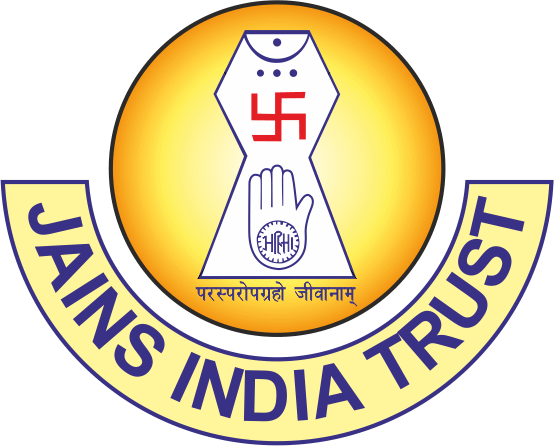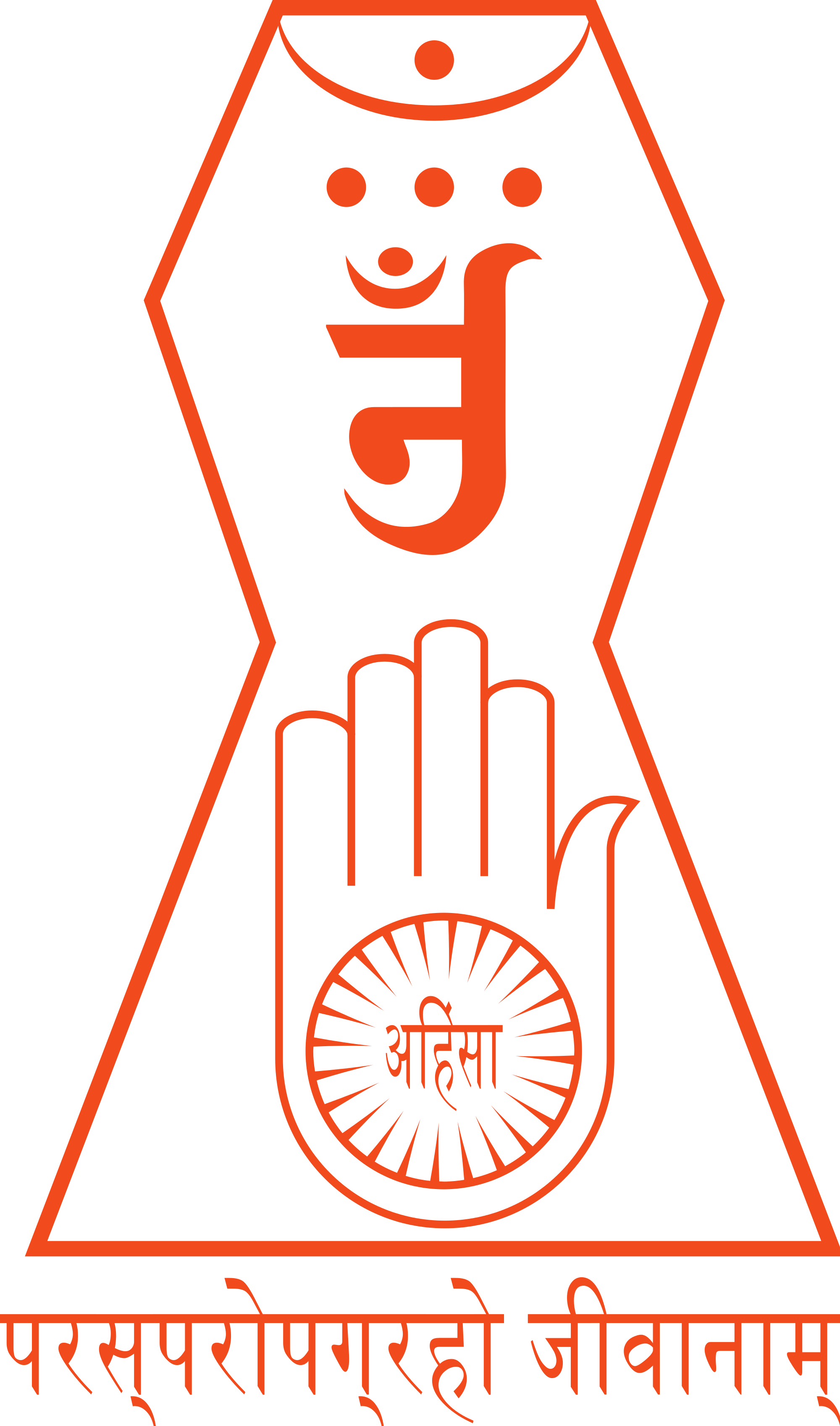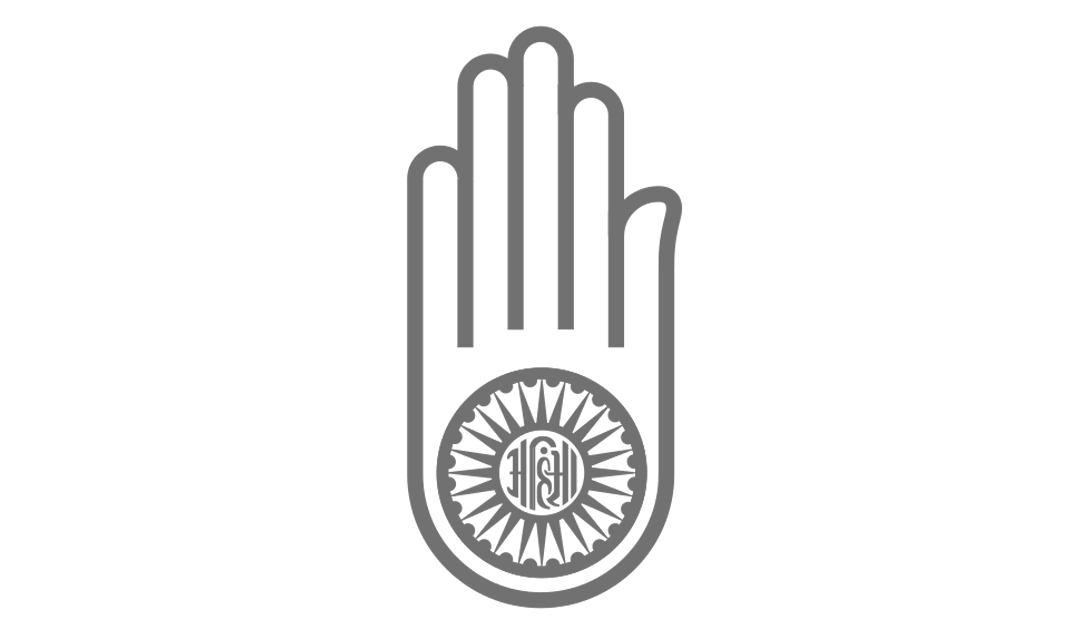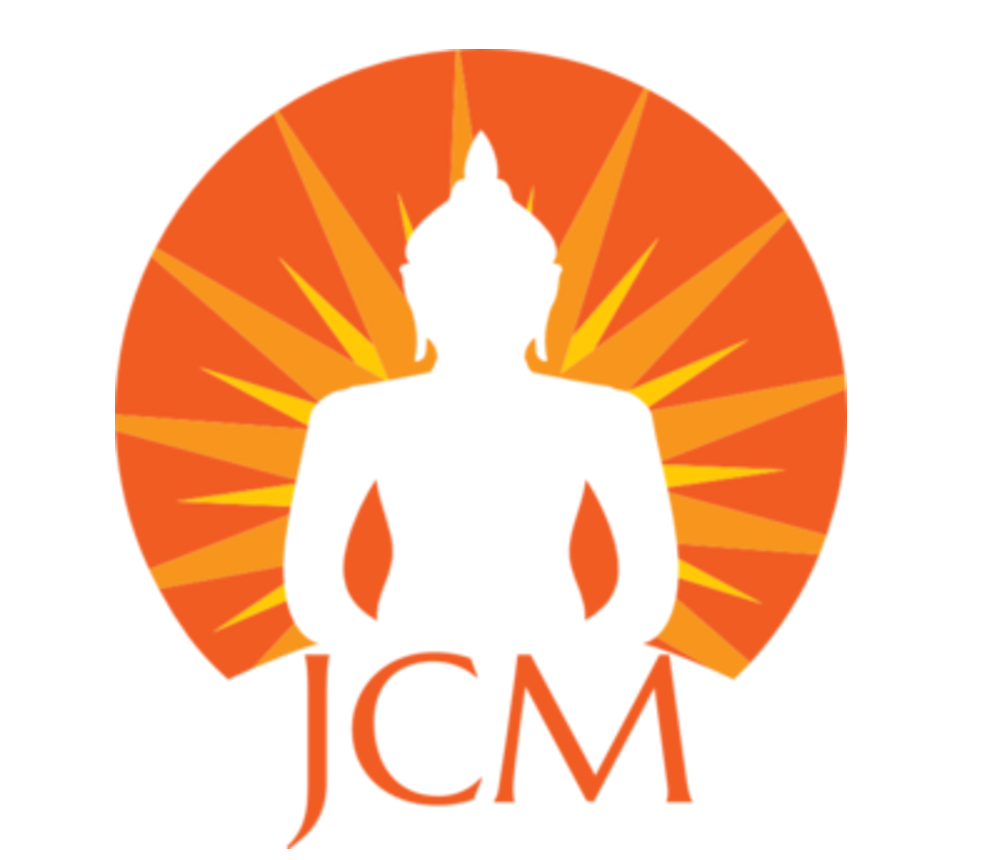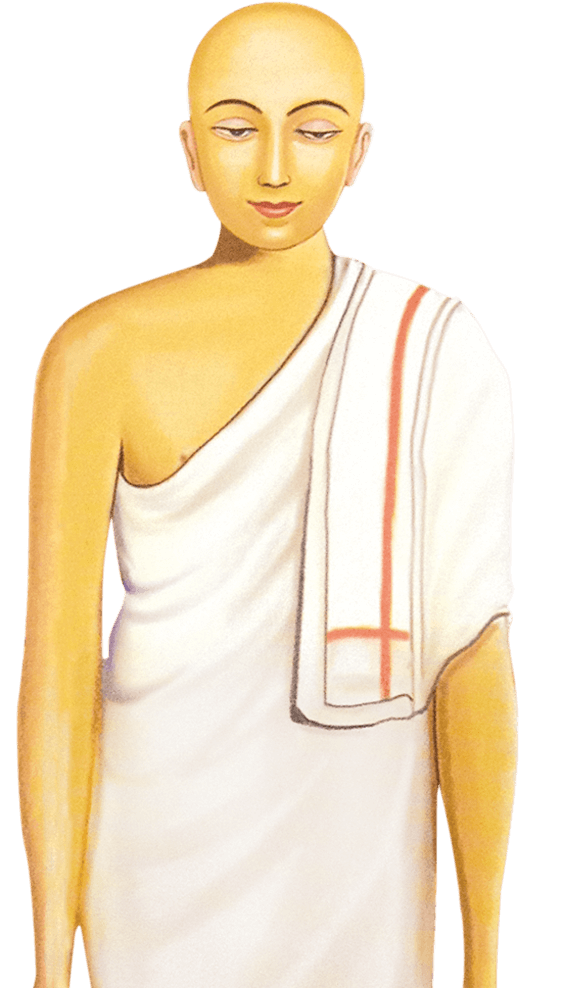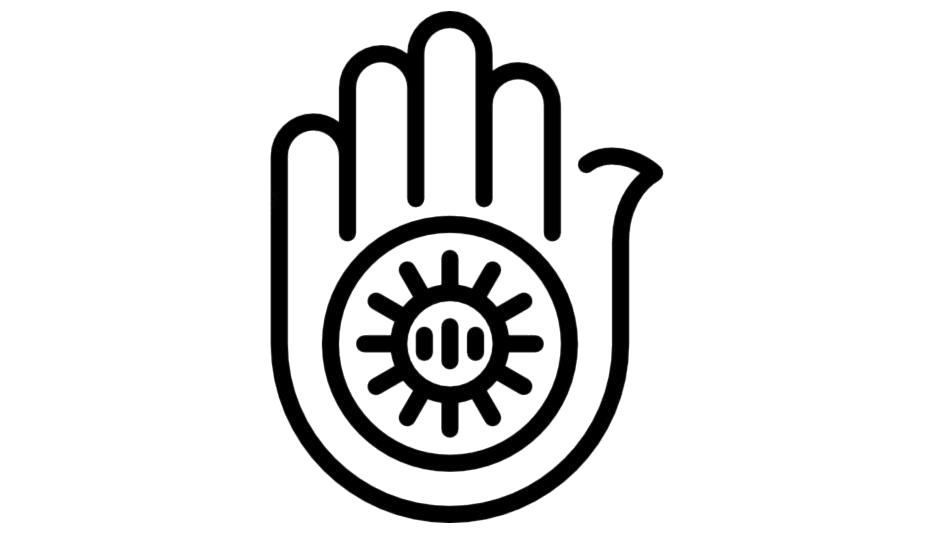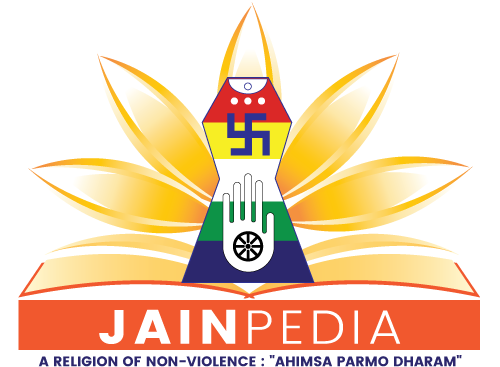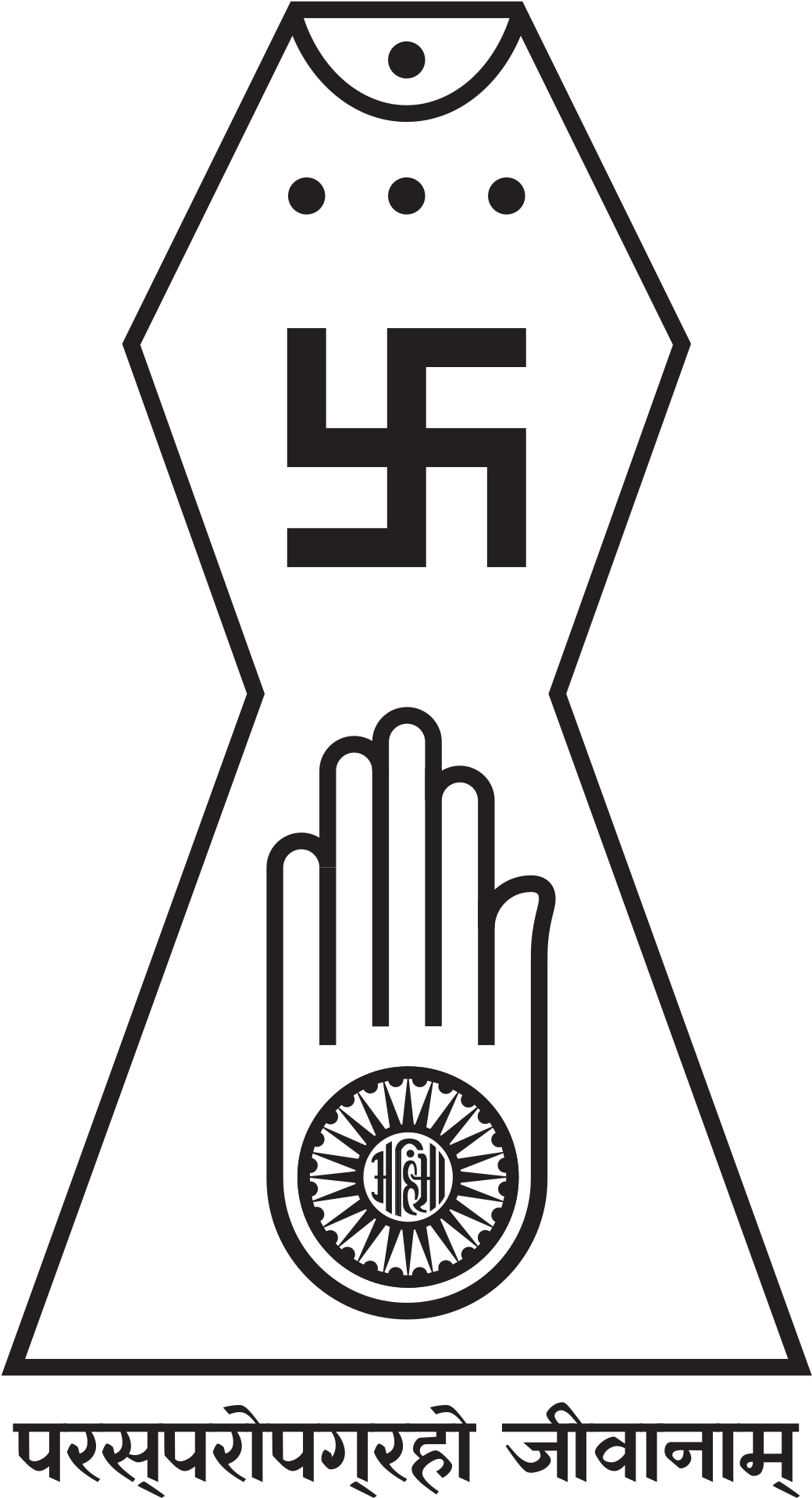Download top and best high-quality free Jainism PNG Transparent Images backgrounds available in various sizes. To view the full PNG size resolution click on any of the below image thumbnail.
License Info: Creative Commons 4.0 BY-NC
Jainism (/ ˈdʒeɪnɪzəm /), traditionally known as the Jain Dharma, is an ancient Indian religion and method of gaining a perfect knowledge of oneself and the universe, as well as ideal joy through psychic means, since sensory not capable of receiving them. This method is described in the religious texts Paramagama Samayasara and Agama Tattvartha Sutra using parallel and interactive lenses, respectively. The Jain dharma traces its spiritual ideas and history through a series of twenty-four mentors or Tirthankaras, the first of whom was Rishabhanatha or also known as Adina Bhagwan of that era, who, according to Jain tradition, lived millions of years ago, the twenty-third Tirthankara. Parshvanatha in 900 BCE and the twenty-fourth Tirthankara Mahavira around 500 BCE. Jains believe that Jainism is eternal dharma with the Tirthankaras who govern every cycle of Jain cosmology.
The main religious premises of the Jain dharma are ahimsa (non-violence), anekāntavāda (many-sidedness), aparigraha (detachment), and asceticism (abstinence from sensual pleasures). Devout Jains take five basic vows: ahimsa (non-violence), Satya (truth), asteya (not stealing), brahmacharya (sexual continence), and aparigraha (non-possessiveness). These principles influenced the culture of the Jains in many ways; for example, they led to a predominantly vegetarian lifestyle. Parasparopagraho Jīvānām (the function of souls is to help each other) is its motto, and the mantra Ṇamōkāra is the most common and basic prayer.
The Jain dharma is one of the oldest religions and has two main ancient sub-traditions, Digambaras, and Śvētāmbaras, with different views on ascetic practices, gender, and texts that can be considered canonical; both have mendicants supported by laypersons (śrāvakas and śrāvikas). This religion has between four and five million followers, mostly in India. Outside India, some of the largest communities are found in Canada, Europe, and the United States. Jain dharma grew up in Japan, where over 5,000 ethnic Japanese families converted to Jainism. Major festivals include Paryushana and Daslakshan, Ashtanika, Mahavir Janma Kalyanak, and Deepavali.
Dravya in Sanskrit means substances or entities. According to Jain’s philosophy, the universe consists of six eternal substances: conscious beings or souls (jiva), non-sentient matter (pudgala), the principle of motion (dharma), the principle of rest (adharma), space (akasha), and time (Kala ). The last five are combined as ajiva (the non-living). Jain philosophers distinguish between substance and body or something else, declaring the former to be a simple indestructible element and the latter as a compound consisting of one or more substances that can be destroyed.
Tattva means reality or truth in Jain’s philosophy and is the basis for salvation. According to the Digambara Jains, there are seven tattvas: the sentient (jiva); the insentient (ajiva); karmic influx to the soul (Āsrava); the bondage of karmic particles to the soul (bandha); stopping karmic particles (Saṃvara); erasure of past karmic particles (Nirjara); and liberation (moksha).
Download Jainism PNG images transparent gallery.
- Jainism PNG
Resolution: 554 × 446
Size: 30 KB
Image Format: .png
Download
- Jainism Transparent
Resolution: 609 × 1024
Size: 79 KB
Image Format: .png
Download
- Jainism
Resolution: 980 × 982
Size: 94 KB
Image Format: .png
Download
- Jainism PNG Clipart
Resolution: 512 × 512
Size: 15 KB
Image Format: .png
Download
- Jainism PNG Download Image
Resolution: 2000 × 3394
Size: 339 KB
Image Format: .png
Download
- Jainism PNG File Download Free
Resolution: 1080 × 635
Size: 37 KB
Image Format: .png
Download
- Jainism PNG File
Resolution: 512 × 512
Size: 67 KB
Image Format: .png
Download
- Jainism PNG Free Download
Resolution: 512 × 512
Size: 8 KB
Image Format: .png
Download
- Jainism PNG Free Image
Resolution: 998 × 860
Size: 182 KB
Image Format: .png
Download
- Jainism PNG HD Image
Resolution: 512 × 512
Size: 10 KB
Image Format: .png
Download
- Jainism PNG High Quality Image
Resolution: 2000 × 3407
Size: 114 KB
Image Format: .png
Download
- Jainism PNG Image File
Resolution: 934 × 534
Size: 84 KB
Image Format: .png
Download
- Jainism PNG Image HD
Resolution: 562 × 988
Size: 440 KB
Image Format: .png
Download
- Jainism PNG Image
Resolution: 512 × 512
Size: 32 KB
Image Format: .png
Download
- Jainism PNG Images
Resolution: 934 × 534
Size: 108 KB
Image Format: .png
Download
- Jainism PNG Photo
Resolution: 500 × 367
Size: 59 KB
Image Format: .png
Download
- Jainism PNG Pic
Resolution: 1040 × 1918
Size: 112 KB
Image Format: .png
Download
- Jainism PNG Picture
Resolution: 512 × 512
Size: 9 KB
Image Format: .png
Download
